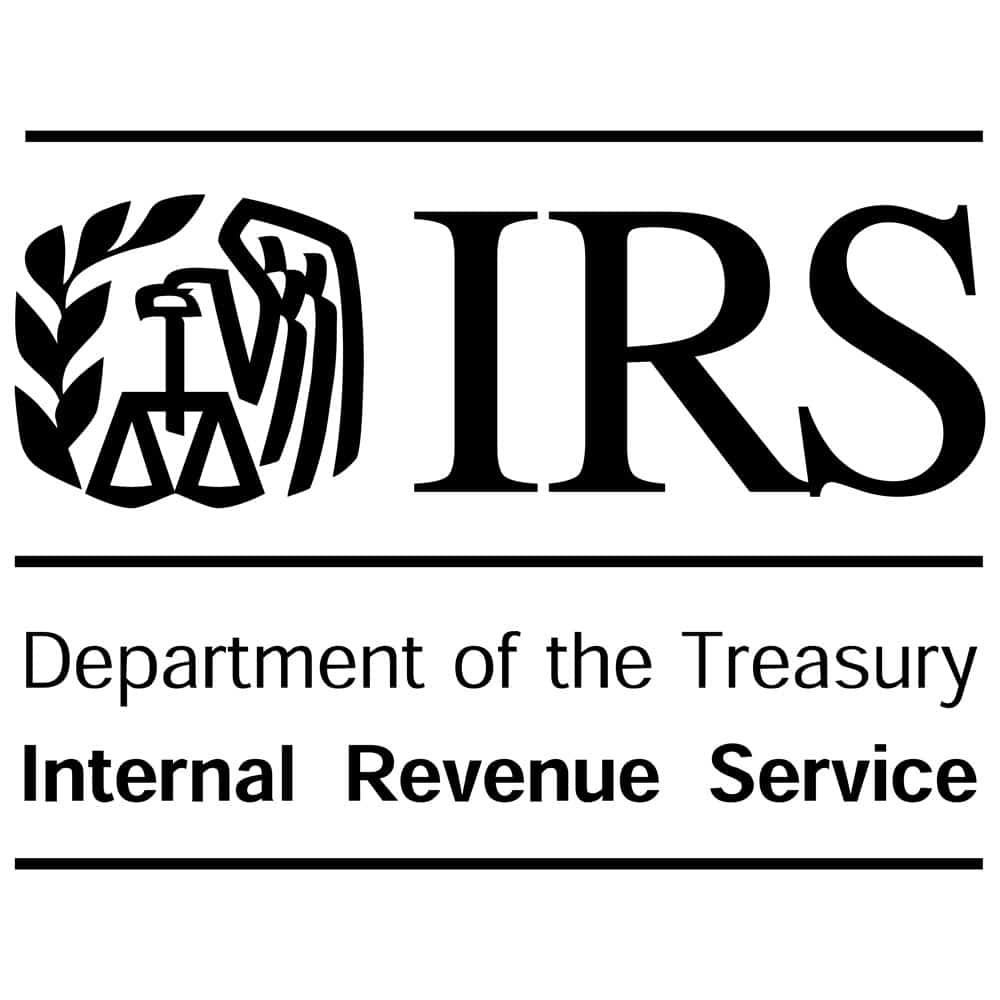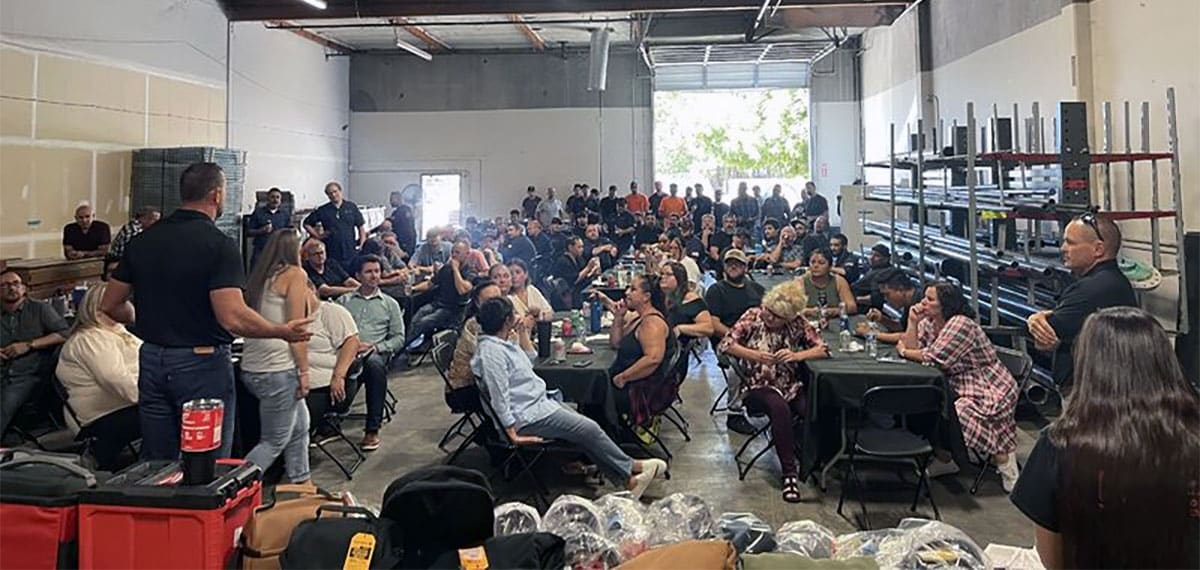I. PROVISIONS AFFECTING ESOPS
S Corp UBIT Exemption
The unrelated business income tax (“UBIT”) exemption that currently applies to S corporation ESOPs, together with the related §409(p) anti-abuse provisions, have been made permanent. These provisions were scheduled to expire at the end of 2010. As the result of PPA, these provisions have been made permanent, and S corporations that sponsor ESOPs will continue to be exempt from income tax and from UBIT to the extent that company stock is held by an ESOPs.
ESOP Diversification
PPA does not mandate any additional diversification requirements for ESOPs maintained by private companies. Similarly, PPA does not mandate any additional diversification requirements for ESOPs maintained by public companies, provided that the ESOP is a stand-alone plan. The following additional diversification requirements do apply for plan years after December 31, 2006 if the ESOP is maintained by a public company and the ESOP is combined with a §401(k) plan:
- To the extent that funds attributable to employee deferrals and to discretionary company contributions are invested in employer securities, participants must be offered three alternative investment options.
- To the extent that funds attributable to company matching contributions are invested in employer securities, participants must be offered three alternative investment options after they have completed three years of service.
II. PROVISIONS AFFECTING ALL PLANS
Contribution Deduction Limits
The 25% of eligible payroll limit on contribution deductions to a non-leveraged ESOP or to a profit sharing or 401(k) plan has been made permanent. The special contribution limit that applies to leveraged ESOPs maintained by regular C corporations (25% of eligible payroll plus any interest expense on the ESOP loan) remains in place and is not affected by PPA. In addition, the current rule that employee deferrals under a §401(k) plan do not count against the 25% limit on contribution deductions has been made permanent under PPA.
Individual Benefit and Allocation Limits
The current §415 annual benefit limitation of the lesser of 100% of compensation or $44,000 (as indexed for annual cost-of-living increases) has been made permanent.
Vesting
Effective for all plan years beginning after December 31, 2006, employer contributions must vest at least as rapidly as would occur under either a three-year cliff vesting or a six-year vesting schedule. Under the three-year cliff vesting schedule nothing vests until a participants completes three years of service, at which time his or her account balance is 100% vested. Under the six-year vesting schedule, a participant’s account vests 20% after two years of service and vests an additional 20% each year thereafter until the account is fully vested at the end of six years.
The application of the new vesting rules, however, is delayed for any ESOP that had a securities acquisition loan outstanding on September 26, 2005, to any plan year beginning before the earlier of the date on which the loan is fully repaid or was, as of September 26, 2005, scheduled to be fully repaid.
III. PROVISIONS AFFECTING §401(k) PLANS
Automatic Enrollment
Effective for plan years after December 31, 2007, 401(k) plans will now be permitted to contain a “qualified automatic contribution arrangement.” The advantage of having a 401(k) plan qualified as a “qualified automatic enrollment plan” is that the plan will then be exempt from discrimination testing and from any top-heavy requirements. In order to qualify, each employee eligible to participate in the plan must be treated as having elected to have the employer make salary deferrals in an amount equal to a “qualified percentage” of compensation.
A “qualified percentage” for any employee is any percentage that does not exceed 10% and is at least (1) 3% during the period ending on the last day of the first plan year which begins after the date on which the first elective contribution is made for the employee, (2) 4% during the next plan year, (3) 5% during the next following plan year, and (4) 6% during any later plan year.
In addition, the plan must provide for either a nonelective contribution of at least 3% of each participant’s compensation or a matching contribution equal to at least 100% of the first 1% of compensation plus 50% of additional elective deferrals up to 6% of compensation.
Participant Investment Advice
Under current law the prohibited transaction rules of ERISA preclude related parties from offering investment advice to 401(k) participants. For plan years after December 31, 2007, however, plan sponsors and fiduciaries will no longer be subject to fiduciary liability for providing investment advice if such advice is provided by a fiduciary advisor either in the form of a computer model or through a “flat fee” arrangement.
In order qualify for this exemption from liability, an independent auditor must annually audit both computer-model and flat-fee arrangements for compliance with the law. In addition, the fiduciary advisor must provide written notice to the participants of the advisory arrangements and must disclose a number of items including the relationship between the fiduciary and the investments offered, the fees the advisor will receive, the past performance and rates of return for each investment offered, and the ability of the participants to receive investment advice from others.
Hardship Withdrawals.
Current regulations under 401(k) permit hardship distributions needed to cover medical, funeral and educational expenses of a participant’s spouse and/or dependents. PPA extends the right to these withdrawals to persons who are named as “beneficiaries” of the plan participant. New regulations regarding these withdrawal rights will be issued by the IRS early in 2007 and will be effective upon issuance.
IV. PROVISIONS AFFECTING IRA ROLLOVERS
Nonspouse Beneficiary Rollover
Under current law only a widow or widower has the right to roll over the account of a deceased participant from a qualified plan to a rollover IRA. Effective for distributions after December 31, 2006, this rule has been changed to allow individual non-spouse beneficiaries to roll over their plan benefit to an IRA, provided that (1) the funds are rolled over in a direct trustee-to-trustee transfer and (2) the transferee plan is treated as an “inherited” IRA under which benefits must be distributed in accordance with the required minimum distribution rules that apply to inherited IRAs of nonspouse beneficiaries.
Rollovers from a Qualified Plan to a Roth IRA
Under current law a taxpayer is permitted to roll over funds from a traditional IRA into a Roth IRA provided that his adjusted gross income is $100,000 or less and provided that he includes the amount distributed in any given year in his gross income for that year. However, current law prohibits a taxpayer from rolling over funds directly from a qualified plan to a Roth IRA. Effective for distributions after December 31, 2007, participants will be allowed to rollover distributions directly to a Roth IRA, subject to the same requirement that the taxpayer’s adjusted gross income must be $100,000 or less and the taxpayer must include the amount in his gross income for the year of the rollover.
V. PROVISIONS AFFECTING MONEY PURCHASE PENSION PLANS
In-Service Distributions
Under current law a Money Purchase Pension Plan is prohibited from making in-service distributions prior to the normal retirement age. The PPA changes this rule, effective for plan years after December 31, 2006, to allow in-service distributions from a Money Purchase Pension Plan at age 62.





